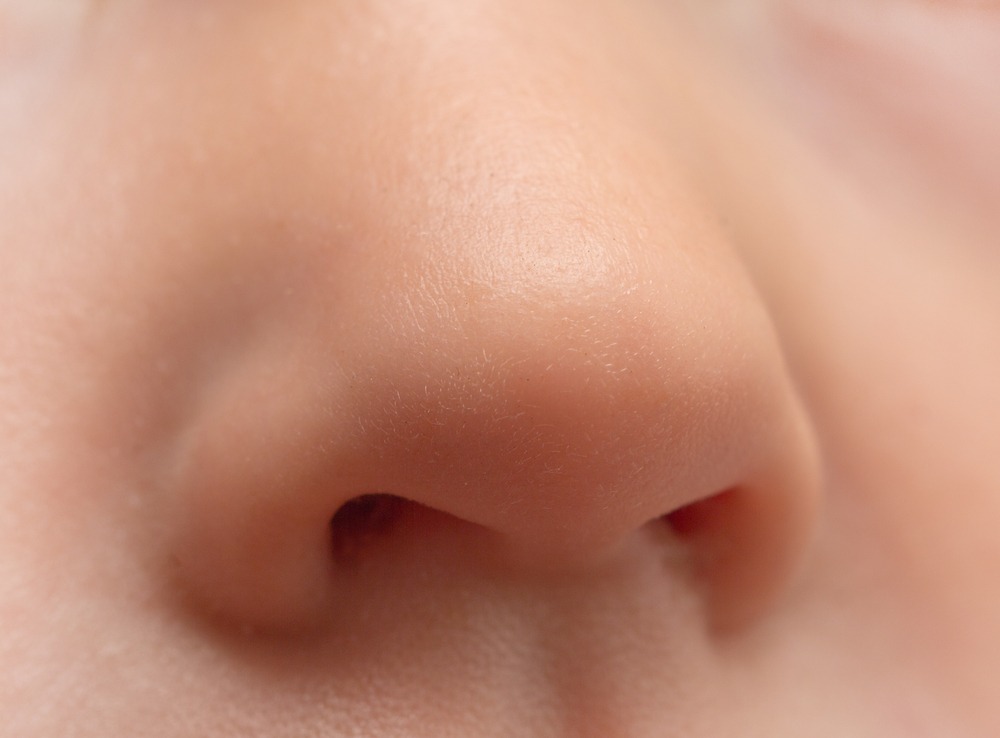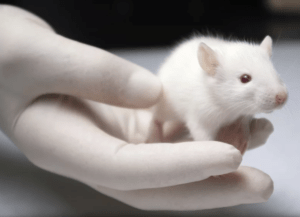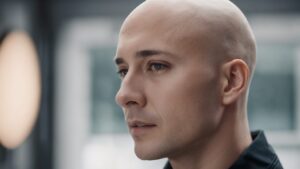
Your Nose Has Drugs in It: The Antibiotic Kind
Bacteria fight to control the human nose; some might be on our side. Your nose has drugs in it. A novel antibiotic that kills MRSA and other antibiotic-resistant superbugs has been found by researchers and are created by bacteria that live in the nose.
The study, published in Nature, demonstrates that the human microbiome, or the microorganisms that live on and inside humans, may be an essential source for new medicines urgently required as infectious bacteria develop resistance to our current antibiotic treatments.
What Did the Researchers Find?
The researchers discovered lignin, a first-of-its-kind antibiotic, which is very efficient against the bacterium Staphylococcus aureus, which is susceptible to many common antibiotics and can result in life-threatening infections.
For instance, the infamous MRSA infections are caused by Staphylococcus aureus. Additionally, the drug maker is all-natural, as the team notes in Nature: The antibiotic is produced by a bacterium called Staphylococcus lugdunensis. Your Nose Has Drugs in It.
What is Lethal Lugdunin?
Thirty-seven nostrils were swabbed by Peschel and colleagues, who discovered that some of them carried the bacteria Staphylococcus lugdunensis, which inhibits the growth of a variety of harmful bacteria, especially Staphylococcus aureus, the bacteria that causes MRSA infections.
To compete with other bacteria for space in the human nose, S. lugdunensis generates the antibiotic lugdunin.
What’s the Microbiome?
Your body is a self-contained ecosystem home to a wide variety of co-evolving microorganisms that may or may not outnumber the cells in your body, depending on when you had your most recent bowel movement.
Microbes on and in your body are critical in digestive support, immune response regulation, and crowding away dangerous pathogens. For instance, human breast milk has carbohydrates that feed the bacteria that live in infants’ intestines, protecting the infants’ intestines from harmful viruses and bacteria.
Is This Nasal Bacteria Responsible for Antibiotic Production?
No, It turns out that the bacterium uses the antibiotic to protect its territory from swarms of S. aureus constantly invading. S. lugdunensis was able to exterminate approaching S. aureus in a petri dish despite being outnumbered 10 to 1, a result that researchers confirmed by injecting combinations of the two bacteria into lab rats’ noses. Your Nose Has Drugs in It.

A strain of S. lugdunensis with a damaged lugdunin gene could not mount a comeback, indicating that lugdunin was its preferred weapon against S. aureus.
Why Were Researchers Searching Their Noses for Antibiotics?
Technically speaking, they weren’t peering up their noses. They perused enormous collections of bacterial cultures they had gathered from other people’s noses. The human microbiome has previously been linked to the discovery of potential antibiotics.
Therefore, the researchers were hunting for more by examining whether one bacterial culture could prevent the growth of another. The same fundamental approach was employed in 1928 by Alexander Fleming to discover penicillin unintentionally.
A Source of Antibiotics Within Us
There weren’t many new antibiotics in the years of research and development before medications were licensed for humans, and antibiotic-resistant bacteria are on the rise. Since it is such a significant issue, we anticipate that infectious diseases will claim more lives in ten years than cancer.
The majority of antibiotics are found in bacteria that live in the soil. However, getting them to function in the human body’s conditions might be challenging or impossible. This study is fascinating to researchers since it opens up a clear path into uncharted terrain for discovering new antibiotics.
Through a method that can be used outside of the nose and throughout the human microbiome, the researchers found lugdunin. They integrated data on co-occurrence—the pattern of low S. aureus in nostrils with S. lugdunensis—with experimental research demonstrating that lugdunin kills infectious bacteria under various circumstances.
According to Kim Lewis, a microbiologist at Northeastern University who was not involved in the work, this strategy can search the microbiome for “similar weapons to destroy diseases.” Regarding lugdunin, the researchers have filed for a patent to begin discussions with pharmaceutical firms about medication development. According to Peschel, the antibiotic is “in the very beginning.”
Experiment Performed For Evidence
German researchers studied the 187 hospitalized patients’ nasal swabs. They discovered that only roughly 6% of those with S. lugdunensis also had S. aureus, as opposed to 34% without the nasal bacteria. According to the study, these distinctions suggest that S. aureus is kept away by bacteria in the nose.
Only around 10% of humans carry S. lugdunensis. S. aureus, in contrast, is present in roughly 30% of the population. According to Lewis, other medications are likely to be identified that could help to explain why the remaining 70% of people do not contain the S. aureus bacteria.
The researchers reported that some S. aureus-related skin infections in mice were entirely cleared up, while others had significant reductions. The problem still needs to be resolved in two mice.
Is Lugdunin The First Antibiotic To Be Identified In The Human Microbiome?
No, but it is unique all the same. The human microbiome contains bacteria that can create strong chemicals with beneficial and harmful impacts on humans, as we’ve found in recent years.
For instance, lactocillin is an antibiotic secreted by bacteria in the vaginal cavity. On the other hand, colibactin, a DNA-damaging toxin produced by some gut bacteria, appears to raise the risk of colorectal cancer.
However, these released substances, also known as secondary metabolites, are uncommon in the human microbiome. It is even less common to uncover the mechanisms underlying their utilization by bacteria, as was the case with lugdunin.
On the other hand, researchers are still attempting to determine how bacteria in the vaginal ecosystem use lactocillin. It needs to be clarified precisely how the Penicillium mold utilizes penicillin in the wild.
When Will Humans Start Using It?
Wait a minute. Clinical testing on humans will start for a while, and there is no assurance that lugdunin will be found to be both safe and effective. For instance, it took more than ten years for daptomycin to receive formal approval from the US Food and Drug Administration in September 2003.
But as things are, many people have benefited from the antibiotic’s advantages without even being aware. The researchers examined the 187 hospital patients’ nasal microbiomes. One patient out of the 17 who had S. lugdunensis colonies also had S. aureus.
In contrast, S. aureus was present in about two-thirds of those who did not have S. lugdunensis. And sure enough, every S. lugdunensis colony from the hospital patients generated lugdunin. In other words, a beneficial microbe was continuously oblivious to us because it was residing inside them. So, Your Nose Has Drugs in It.
Do not be afraid to reach out to me, Mark E Wilkins, to assist you in any issues you might have. Most Hypnotherapy sessions last 2 hours and EFT Sessions are usually handled with one session.
To make an appointment, first listen to the Pre-talk and fill out he Complementary Healthcare Provider Disclosure. The use the Contact Form to request an appointment with the Bohol Hypnosis Expert.





